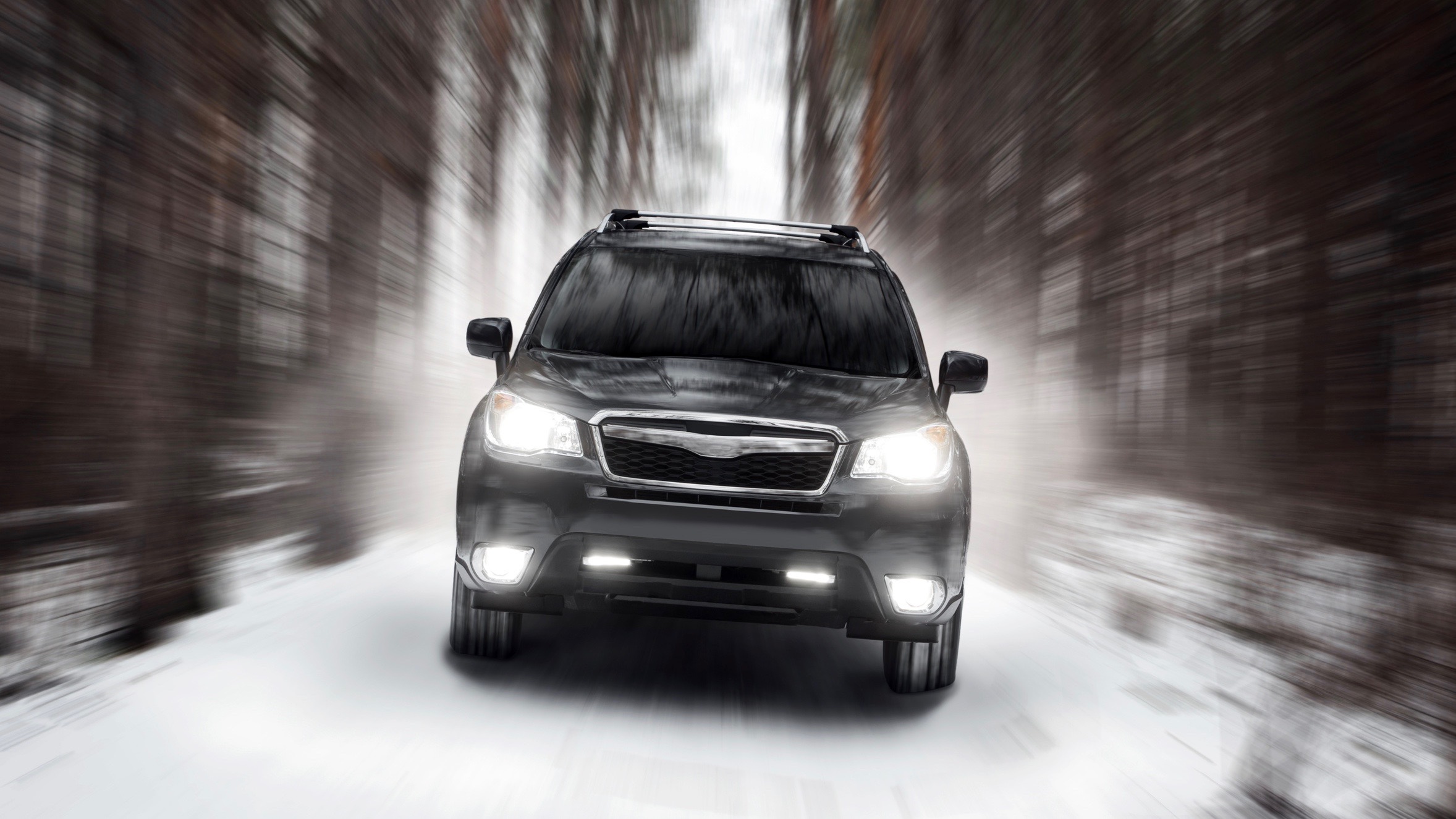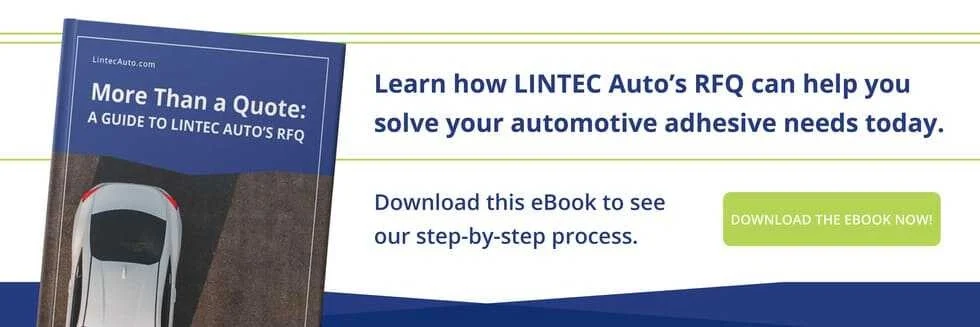6 Stats that Prove the Value of Paint Protection Films for Automobiles

That first scratch hurts the most. But how much? These six statistics demonstrate the true value of paint protection films for auto parts—especially when they’re on the vehicle from the moment it leaves the factory and those wheels hit the road.
Paint Protection Film: 6 Supporting Statistics
1. If you’re hoping to resell in Excellent Condition, “Less than 5 percent of all used vehicles fall into this category,” per Kelley Blue Book.
Of the few used vehicles that do end up in the “Excellent Condition” category, the odds are good that they received careful treatment and benefited from protective, preventative measures such as paint protection films (PPF). The condition of the vehicle can have a significant impact on its total resale value, so in the long run, the film may end up paying for itself (and delight the next owner, too).
2. Vehicles with 200,000 miles and 30,000 miles are equally at risk of “negative impact to their value,” according to Alec Gutierrez, senior analyst for KBB.
He further says, “Even a vehicle with low mileage can sustain more than its fair share of . . . scratches or dents.” And it’s true. Chips, scratches, and scrapes don’t only happen to old cars—they won’t suddenly appear when a car hits a particular milestone. Damage to the paint begins to accrue from the moment it leaves the factory unless it’s properly protected with durable, self-healing paint protection film.
3. Body shops commonly charge $500 to $1000 to repaint a bumper and up to (or over) $2000 for large paint jobs, according to Angieslist.
If 10-15 years on the road leads to more than one such repair job, it’s clear that paint protection films are a cost-effective, value-added investment. A professionally applied film can last 10 or more years and should be accompanied by a warranty that guarantees reliable performance.
4. Chron says that cars depreciate in value roughly 15–20 percent every year.
Anything you do to protect the condition of the vehicle can help reduce the rate that it depreciates. Storing it in a garage, having it washed regularly, and investing in paint protection films to safeguard the most vulnerable areas—bumpers, hood, and front fascia—are all great ways to keep a vehicle in great condition.
5. New vehicles, on average, will cost a driver $1,186 per year to maintain and repair per AAA.
Protection films in high-risk areas can cut down on the costs needed to maintain and repair a vehicle. Even one deep scratch that reaches primer or bare metal can cost $800 to $1500 to repair—the expected maintenance budget for an entire year.
6. “Since 2005, the cost of bodywork has risen nearly 40 percent more than prices overall.” (Insurance Information Institute)
Repair costs have been consistently outgrowing inflation in the 21st century, and that trend looks like it will continue. As repairs become ever-more costly, preventative measures see a parallel increase in their value. Paint protection films save more money on paint damage now than they ever have before. Next year they will save even more.
PPF for cars and other vehicles is easy to apply on the assembly line and adds incredible value to your automotive parts. If you’re selling fenders, bumpers, hoods, side mirrors, lower body trim, or front fascia, a partnership with an automotive film supplier will provide your products with a competitive edge at an attractive per-unit rate. Contact LINTEC Automotive today to discuss how we can upgrade the value of your auto parts.


